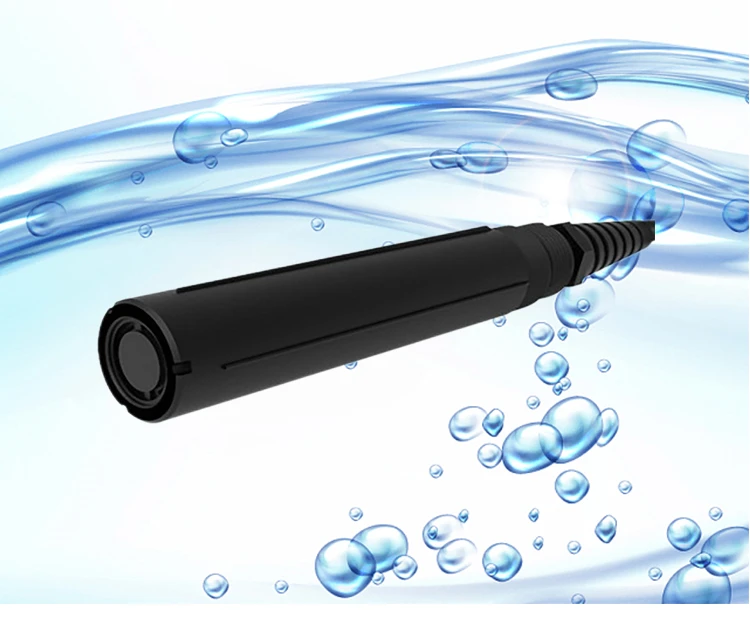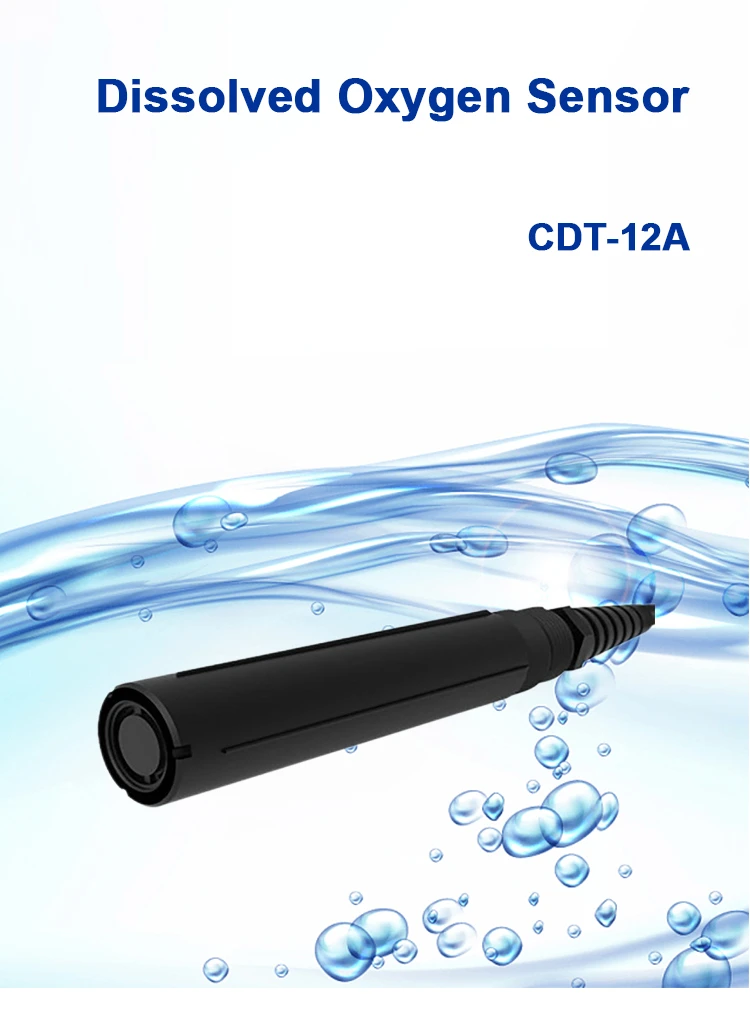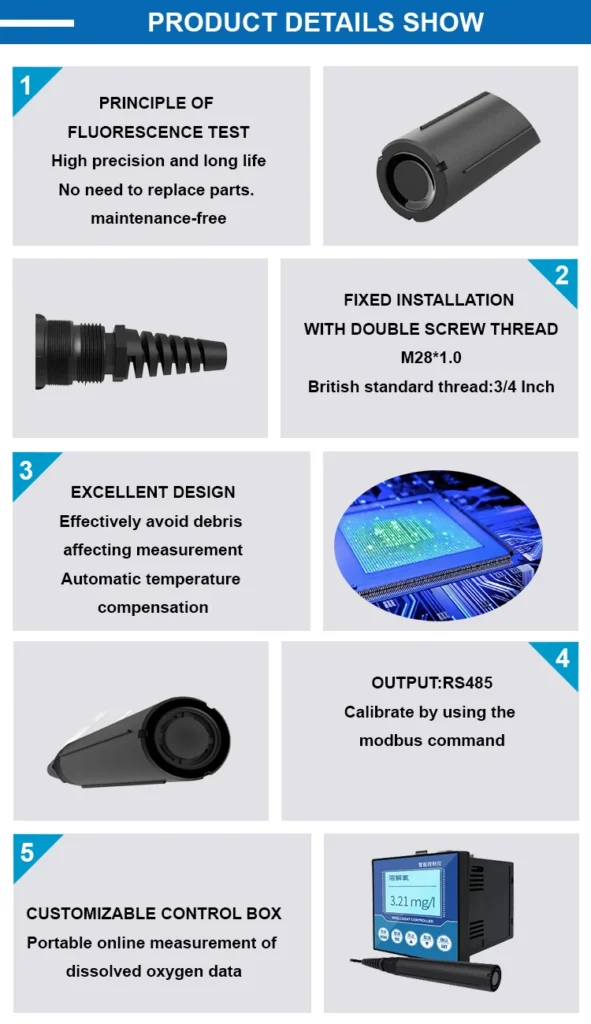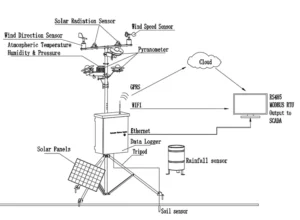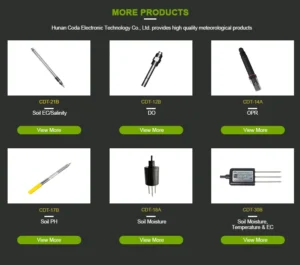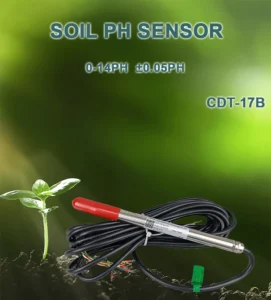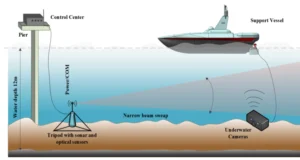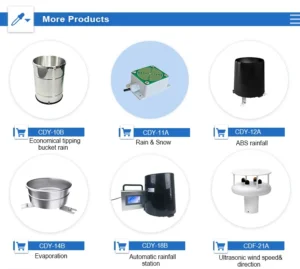How Dissolved Oxygen Sensors Work
Dissolved oxygen (DO) is vital in aquatic ecosystems, industrial processes, and environmental monitoring. In nature, it helps water animals survive. It also supports breathing and breaking down materials.
In fields like wastewater treatment and fish farming, proper DO levels matter. They help biological processes work well and keep cultured species healthy. Dissolved oxygen sensors are key tools for measuring oxygen in water. They allow for real-time monitoring and control.
The Importance of Dissolved Oxygen
In water bodies, dissolved oxygen (DO) is vital for aquatic life. Organisms need it for breathing. It also supports the food web by helping primary producers.
It also helps purify water naturally. Aerobic microbes break down organic matter.
In industry, wastewater treatment needs dissolved oxygen (DO) for microbes to clean out contaminants. In aquaculture, low DO can stress and kill fish and shellfish, so monitoring it is crucial.
Types of Dissolved Oxygen Sensors
Electrochemical Sensors
Polarographic Sensors: These work on electrolysis. They have a cathode made of gold or platinum. The anode is made of silver or silver chloride. A semi-permeable membrane keeps these apart from water.
When a voltage applies, the cathode reduces oxygen, and the anode performs oxidation. We measure the current, which relates to DO, to find out the DO levels. It may take a few minutes to get a stable reading.
Galvanic Sensors: These use electrochemical reactions and do not need outside power. They have a cathode and an anode. There is a semi-permeable membrane too.
Oxygen reduction at the cathode creates an electron flow, generating a current related to DO concentration. They are simple and stable.
Optical Sensors
Optical sensors rely on fluorescence quenching. A fluorescent dye on the sensor surface gives off light when a blue LED shines on it. Oxygen molecules interact with the excited dye, reducing fluorescence.
Measuring the change in fluorescence helps the sensor find DO levels. Optical sensors are fast, don’t need temperature – based calibration, and resist fouling.
Factors Affecting Sensor Performance
Temperature affects both electrochemical and optical sensors. In electrochemical sensors, reaction rates can change. This is why we often need to adjust them.
In optical sensors, the dye’s fluorescence changes. Researchers use algorithms to correct for temperature effects.
Higher pressure makes more oxygen dissolve in water. Sensors in deep water or systems that change pressure must take this into account. Some sensors have parts that sense pressure for accurate readings.
Interfering Substances: Chemicals and other things in water can impact sensors. In electrochemical sensors, they can react with electrodes or membranes. In optical sensors, other substances can change fluorescence. So, designers make sensors to reduce these effects.
Calibration and Maintenance
Regular calibration means using known DO standard solutions to check sensors. Electrochemical sensors change their output based on the current they measure. Optical sensors change the way fluorescence connects to dissolved oxygen (DO).
Maintenance involves changing parts in electrochemical sensors. It also includes cleaning the electrodes and the surfaces of optical sensors. This helps make sure they work well.
Applications of Dissolved Oxygen Sensors
Environmental Monitoring:
Used in rivers, lakes, and oceans to check water health. Changes in dissolved oxygen (DO) can show signs of pollution, nutrient buildup, or effects from climate change.
Wastewater Treatment:
Monitors aeration in treatment plants to ensure efficient organic matter breakdown and meet effluent standards.
Aquaculture:
It helps keep good oxygen levels in fish and shrimp farms. This protects the health and growth of the animals.
Industrial Processes:
This is used in the drug, food, and chemical industries. It helps control reactions and makes sure the product is of good quality.
Conclusion
Dissolved oxygen sensors are essential for measuring DO in various fields. Electrochemical and optical sensors have different advantages. But things like temperature, pressure, and interference can change them.
This means they need regular checks and upkeep. As technology improves, these sensors will be more accurate and reliable for better DO management.
